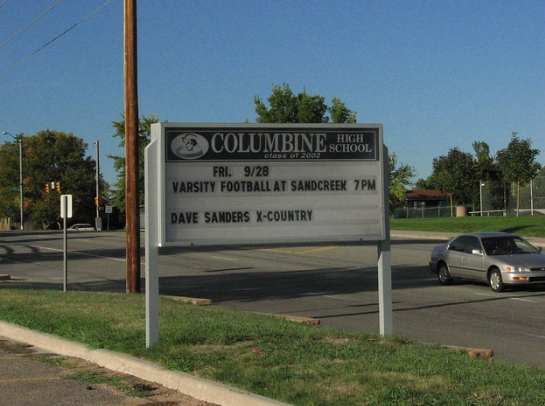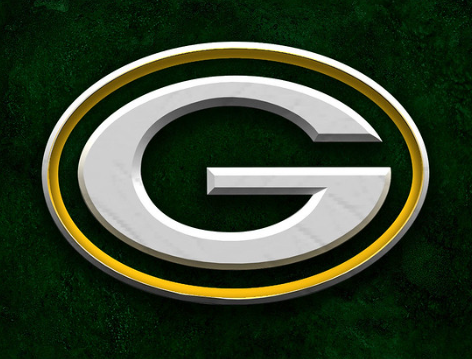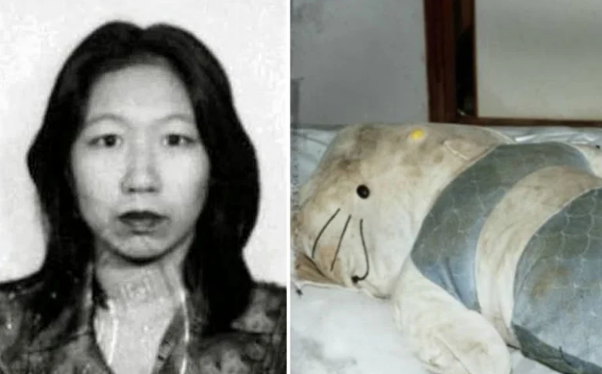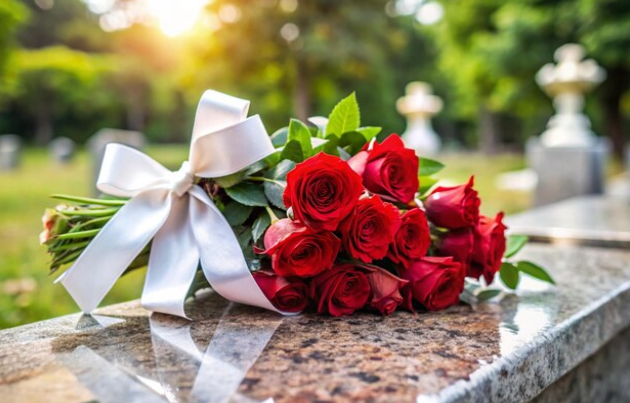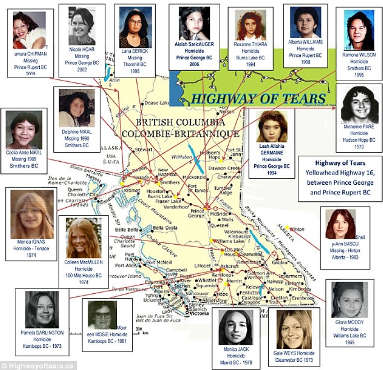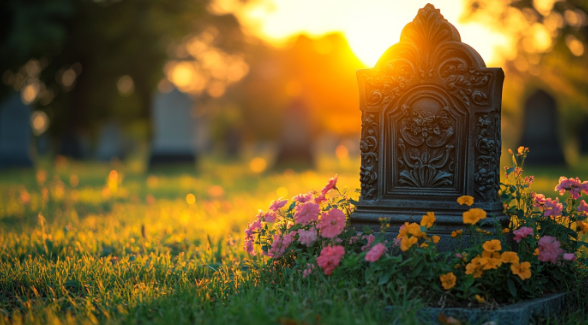In 1999, American culture and history would be forever altered, when two students at Columbine High School in Littleton, Colorado, Dylan Klebold and Eric Harris, shot and killed 13 of their peers. While some similar incidents had occurred in history before, this was the first time a mass shooting made the news to this magnitude. Several questions were raised following the shooting, but the most frequently asked was “Why did this happen?” People couldn’t wrap their heads around two teenagers killing their classmates and needed to know a precise rhyme and reason for why this tragedy could have occurred. The loudest “answer” was that the two shooters were involved in the goth subculture, listened to heavy metal artists, were fans of violent video games, and were bullied. The media took this view and ran with it, not only for Columbine but as a formula for mass shooters in the future. The “Quiet Kid In The Trench Coat” stereotype was the prime suspect for spree killers for almost 20 years after Columbine. The flat-out misinformation shared by the media tainted the truth of this tragic attack at an American High School and also ruined how mass shootings would be covered in the future.
Columbine (An American Narrative):
The narrative of the Columbine Massacre most widely told by media outlets at the time, was that the two shooters, Harris and Klebold, were bullied outcasts who found comfort in goth circles (Specifically, “The Trench Coat Mafia”), and after years of bullying, were pushed to the limit and murdered 13 of their classmates and teachers. After police surrounded the school, the pair killed themselves in the school’s second-story library.
The Myth of the Trench Coat Mafia & Second Satanic Panic:
The Media’s coverage of Columbine created a massive moral panic against alternative circles, primarily goth cultures, and was a resurgence of the Satanic Panic that occurred a decade earlier. People in those alternative scenes, primarily teenagers, were profiled as potential shooters by schools and society as a whole after Columbine. During the shooting, the shooters wore long black trench coats, which resulted in media claiming that they were a part of the “Trench coat mafia,” an alleged Neo-Nazi group at Columbine with around 100 members. Parents across the US began worrying that this clique was a nationwide violent gang. In reality, the “Trench Coat Mafia” was the name of a friend group at Columbine with only a handful of people with whom Harris and Klebold didn’t really have any sort of connection, besides knowing a few of the group members. In the years after Columbine, many schools have since banned Trench Coats, due to the cultural connotations and the possibility of concealing weapons.
Another result of Columbine’s general moral panic was changing attitudes towards those in gothic subcultures. As stated previously, the shooters wore black trench coats and were also allegedly fans of goth music acts such as Nine Inch Nails, KMFDM, and most notably Marilyn Manson. In the coming months and even years after Columbine, members of the goth community were subject to harassment due to the shooter’s alleged connection. In the days following Columbine, members of the nearby Denver goth scene were subject to threats of violence in the name of retaliation. In addition to trench coats, schools began banning other gothic clothes such as metal band tees and all-black outfits. Goths were stereotyped in the media and culture as being threats, which may have led to a lot of over-profiling of students in alternative cliques and under-profiling genuine threats.
Marilyn Manson & The Price of Shock Value:
Marilyn Manson was one of, if not the biggest name attached to Columbine, that wasn’t in the building himself. Manson (Real name: Brian Warner) is the frontman of the shock rock band named after himself. Marilyn Manson was one of the biggest and most controversial rock acts of the 90s, but really, how couldn’t you be when all of your members’ stage names derive from serial killers, and write songs like “Cake and Sodomy.” Religious concerned parent groups protested Manson’s concerts for being “satanic” and obscene. The emergence of the internet and message boards also fueled the flame of the mythos of Marilyn Manson, as rumors spread about the group refusing to start shows until the audience killed a puppy, holding satanic rituals at shows, and that Manson had planned to kill himself at a show in New Jersey in 1996. The group never really batted away these disturbing rumors, which may have been a PR move; After all, the band sold tour shirts that said “Kill God, Kill Your Mom & Dad, and Kill Yourself” The group lived off pure, unfiltered shock value. To the band, any publicity was good publicity, especially if it’ll get you on Phil Donahue and freak out the elder sensitive Christian right. Shortly after the massacre, rumors circulated that the shooters wore Marilyn Manson shirts during the killings. Although these claims were false, media outlets began running stories all along the lines of “satanic rocker brainwashed teens to kill.” Essentially, blaming Manson for the murders. This was only a couple of years after Judas Priest and Ozzy Osbourne were both sued for allegedly influencing the suicide of listeners.
Today, no one can really confirm if the Columbine shooters were fans of Manson. Some close to them say they loved him, some say they hated him. One of the shooters even allegedly owned a Marilyn Manson CD; However, whether or not they liked him or not doesn’t really matter, and the lingering connection to the massacre was truly detrimental to the case. A teenager owning a popular CD of a band that plays frequently on the radio and MTV doesn’t define anything. That would be like if a shooting happened today, and people blamed Chappell Roan because the shooter had “Hot To Go” on their playlist. It was easy to blame Manson, metal, and alternative culture as a whole. It wasn’t the status quo, and because of that some people didn’t understand it, and were afraid of it. When you already live in fear and are afraid of something you don’t understand, it’s easy to connect that to something else ubiquitous. However, because of that, real people faced prejudice of something horrific they had nothing to do with.
25 years later, we know that none of this had any real connection to Columbine or the killers’ motives. One of the shooters, Eric Harris, was schizophrenic. Both killers held Neo-Nazi beliefs and were inspired by the Oklahoma City Bomber, Timothy McVeigh, to bomb the school. The shooting only occurred because their homemade propane tank bombs failed. According to their peers, the killers were fairly popular at their high school, had friends, got dates to prom just weeks prior, and according to student accounts, were more of bullies themselves than they were bullied. While yes, it can be difficult to fully know or profile if a student could potentially harm themselves or others, especially at a time when school shootings weren’t as prevalent as today, it was confirmed that Eric Harris had threatened to kill a classmate online, and when the student’s parents contacted police, they did not conduct a search. The killers also had written several disturbing journal entries and school papers that would later connect to the shooting and had a history of mental illness. The media’s attempt to cite the goth community and bullying as the reason behind this failed domestic terrorist attack ruined how mass shootings would be treated and set back broader mental health support systems for the next two decades.
























































































































